#hubble-bubble
Photo

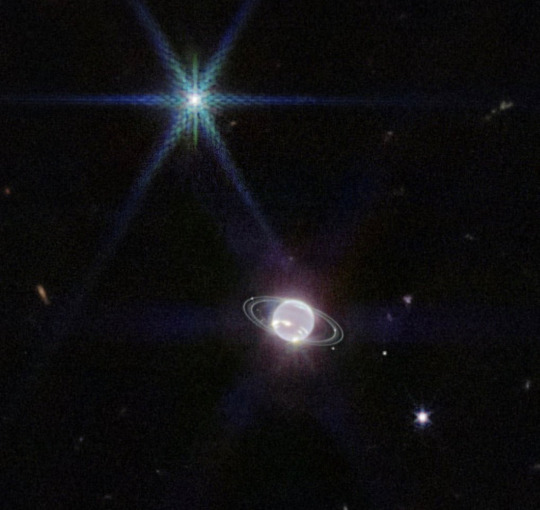
NASA releases the clearest images of Neptune’s rings in over 30 years.
#neptune#she is pretty#nasa#planets#planet#galaxy#solar system#stars#space#astronomy#astrology#bubble telescope#tags#popular#trending#tumblr#universe#moon#hubble#telescope#aesthetic#space aesthetic#cosmos#galaxies#comet#asteroid#constellation#sky#uploads
2K notes
·
View notes
Photo
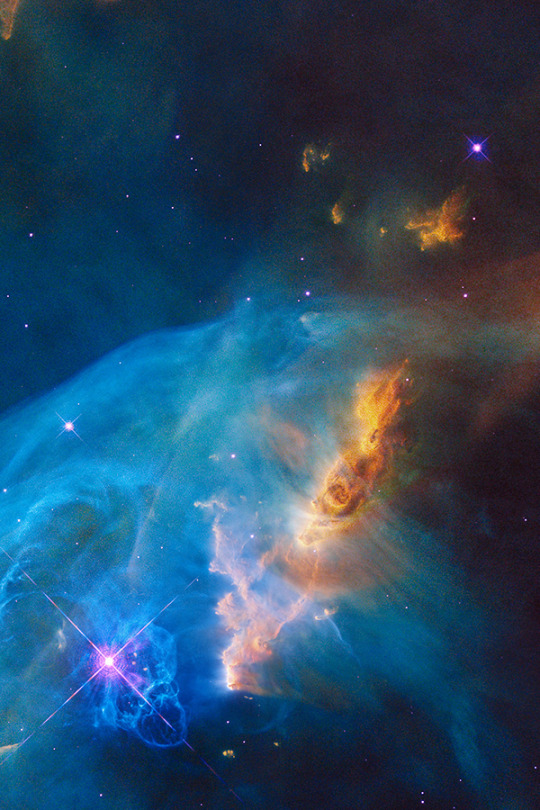
Close-up of the Bubble Nebula
#nasa#hubble telescope#bubble nebula#space#nebula#stars#ngc 7635#night sky#astronomy#galaxy#planet#cosmos#astrophotography#universe#solar system#planets
3K notes
·
View notes
Text

HUBBLE'S BUBBLE. 🌌🫧
This blue "bubble" surrounding a massive, late-stage star about 30,000 light-years away is called a Wolf-Rayet nebula.
It was created when speedy stellar winds interact with the outer layers of hydrogen that are ejected by Wolf–Rayet stars.
📷: NASA Hubble
24 notes
·
View notes
Text
law, explaining his new plan:
luffy, not even listening:
law:

alt version

166 notes
·
View notes
Photo

A blue sunfish about to enjoy a meal of golden jellyfish.
Based on "The Bubble Nebula" by the NASA, ESA, Hubble Heritage Team.
#art#sunfish#jellyfish#nebula#stars#space#blue#green#red#yellow#animal art#mola mola#universe#cosmos#space art#scifi art#digital art#hubble#bubble nebula#artists on tumblr
70 notes
·
View notes
Photo
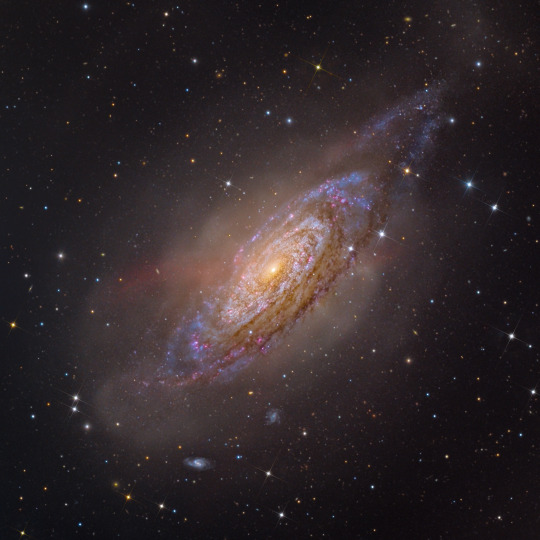
NGC 3521: Galaxy in a Bubble (NASA Astronomy Picture of the Day of May 5 of 2022)
#galaxy#galaxies#bubble#astronomy#picture of the day#may#astronomy pictures#astronomy photos#astronomy photography#astronomy picture of the day#NASA picture of the day#nasa#NASA photos#NASA pictures#NASA telescope#telescope#space telescope#hubble space telescope#space#universe#earth#planets#sky#stars#astros#astrophotography#photography#photographers on tumblr#WHERE THE SKIES END
167 notes
·
View notes
Video
youtube
“The featured time-lapse visualization is extrapolated from images with the orbiting Hubble Space Telescope and the WIYN telescope on Kitt Peak in Arizona, USA. The 3D-computer model on which this visualization is based includes artistic interpretations, and distances are significantly compressed.”
(APOD/NASA). Visualization Credit: NASA, ESA, and F. Summers, G. Bacon, Z. Levay, and L. Frattare (Viz 3D Team, STScI); Acknowledgment: T. Rector/University of Alaska Anchorage, H. Schweiker/WIYN and NOAO/AURA/NSF, NASA, ESA, and the Hubble Heritage Team (STScI/AURA)
#ngc 7635#bubble nebula#space#Hubble Telescope#Astronomy#stars#video#WIYN#WIYN telescope#space exploration#space blog#science blog#nebula#NASA#ESA#mine
27 notes
·
View notes
Photo
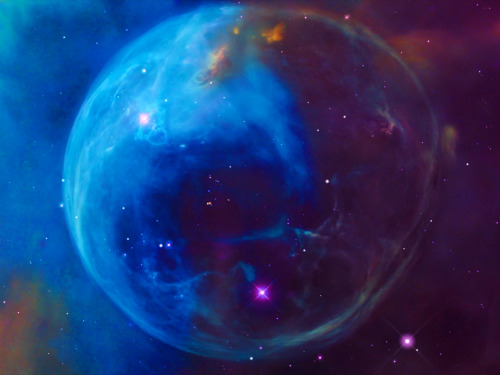
10 notes
·
View notes
Text
kota's queen jrwi insaneposting again
#bubbles from the bottom#sorry hubble......you feel my wrath#guys can i be numbe r1 queen understander#i have a list of points#point number 1: i am also autism
4 notes
·
View notes
Text
oooohhh i don’t wanna get up and go to a thing this morning i really do not
#hardest battles strongest warriors or whatever but instead of being a strong warrior i am a shrivelling little beast with a leaking nose#also its shark week i am in No Condition Nor Mood but it's mandatory that i go to this thing so.#hubble bubble toil and trouble ibuprofen paracetamol and the biggest coat on earth#gmtxt
3 notes
·
View notes
Text
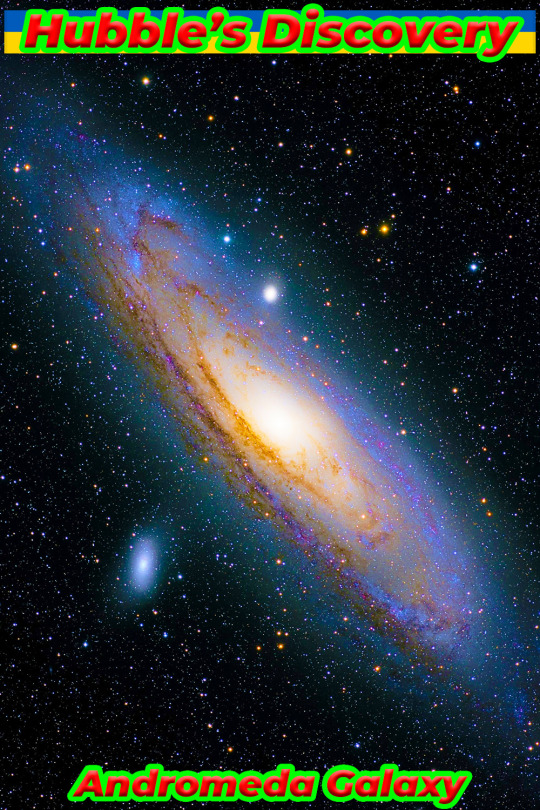
It's December 30th. 🌌 On this day in 1924, American astronomer Dr. Edwin Powell Hubble announced that the object in the night sky which up until then had been known as the Andromeda Nebula was in fact the Andromeda “Galaxy.” This revelation instantly doubled the number of galaxies and stars in the known universe and hinted at a vastly greater number, for until then every star that could be seen in the sky either by the naked eye or by telescope had been assumed to belong to our own Milky Way Galaxy. An entirely new scientific field was born – Cosmology.
Hubble based his announcement upon his ingenious analysis of a Cepheid variable star in the Andromeda Nebula. In 1912, American astronomer Henrietta Leavitt had invented a formula for calculating the distance from our Solar System to Cepheids. Using Leavitt's formula, Hubble determined that a Cepheid inside the Andromeda Nebula was much further away than anyone had thought and that, therefore, the nebula was not a gaseous cloud inside our own galaxy, but was in fact another galaxy of stars like the Milky Way… and very far away.
Later, in 1929, Hubble provided observational proof of French astronomer Georges Lemaître's "Expanding Universe" hypothesis. The resultant Hubble-Lemaître Law states that galaxies are receding from Earth at speeds directly proportional to their distances, like spots on an inflating balloon. Hubble calculated the rate of this expansion, which is now known as the Hubble constant, to be 170 kilometers per second per light year of distance. These discoveries led Hubble, Lemaître, and most other astronomers of that era to the obvious conclusion that an expanding universe, much like the result of an explosion, must have once existed in a tight unexploded state. Lemaître coined this hypothesis the "Primeval Atom Hypothesis," which of course is now known all over the planet, thanks to Dr. Sheldon Cooper and friends, as the "Big Bang Theory."
NASA paid tribute to Hubble's great and many contributions to astronomy and cosmology by naming its first "Great Observatories" space telescope after him. This workhorse eye in the sky was launched into low-Earth orbit in 1990. It’s one of the largest and most versatile research tools ever devised by humankind and has been responsible for countless scientific, engineering, and technological breakthroughs. And, of course, on 25 Dec 2021, NASA launched Hubble's de facto successor, the James Webb Space Telescope into outer space. ☮️ R.I.P., Edwin… Jamiese of Pixoplanet
#Jamiese#Pixoplanet#hubble#edwin hubble#hubble bubble#hubble deep field#hubble space telescope#hubble telescope#nasa#neil degrasse tyson#hubble classic#nasa hubble#universe#science#carl sagan#astronomy#big bang#space#science fiction#expansion#diana wehmeier#mount wilson#sci art#instagram#facebook#twitter#pinterest#tumblr#tiktok#youtube
2 notes
·
View notes
Photo
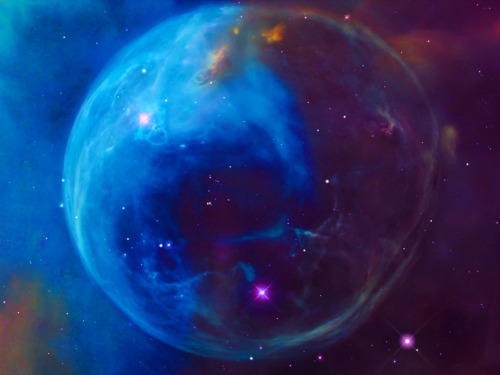
2 notes
·
View notes
Text
Living on the Edge: Supernova Bubble Expands in New Hubble Time-Lapse Movie
Though a doomed star exploded some 20,000 years ago, its tattered remnants continue racing into space at breakneck speeds – and NASA’s Hubble Space Telescope has caught the action. The nebula, called the Cygnus Loop, forms a bubble-like shape that is about 120 light-years in diameter. The distance to its center is approximately 2,600 light-years. […]
from NASA https://ift.tt/1PgV8jZ
#NASA#space#Living on the Edge: Supernova Bubble Expands in New Hubble Time-Lapse Movie#Michael Gabrill
0 notes
Text
Are people really annoying or am I just really unfriendly
1 note
·
View note
Photo

1 note
·
View note
